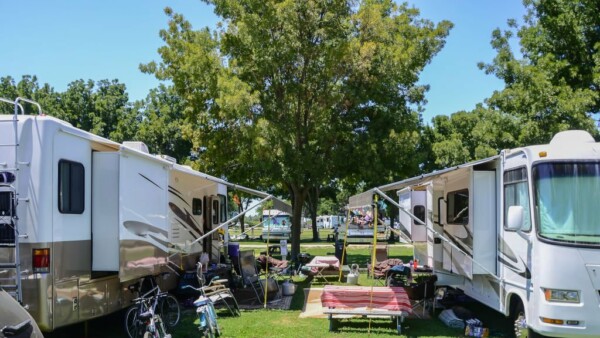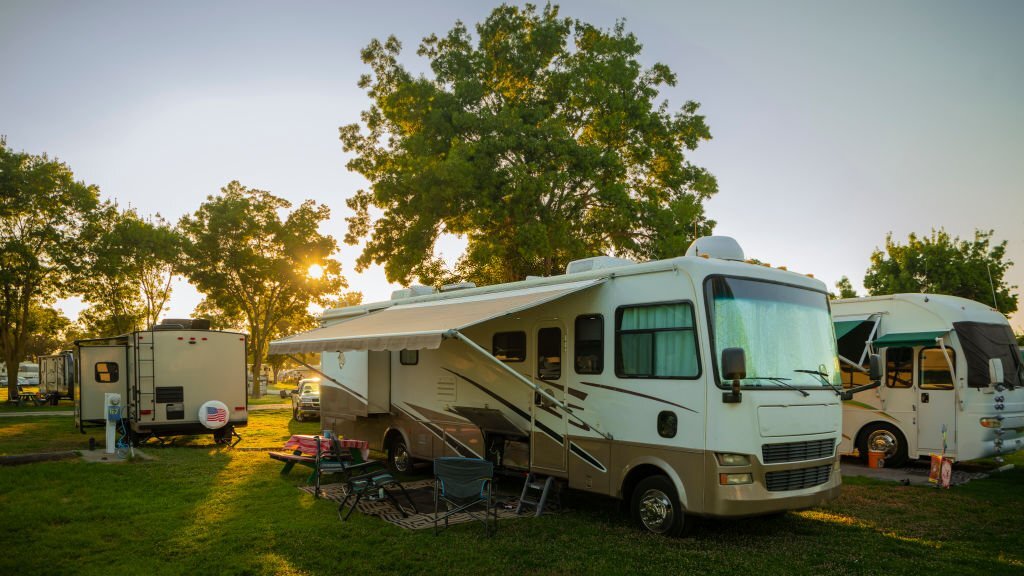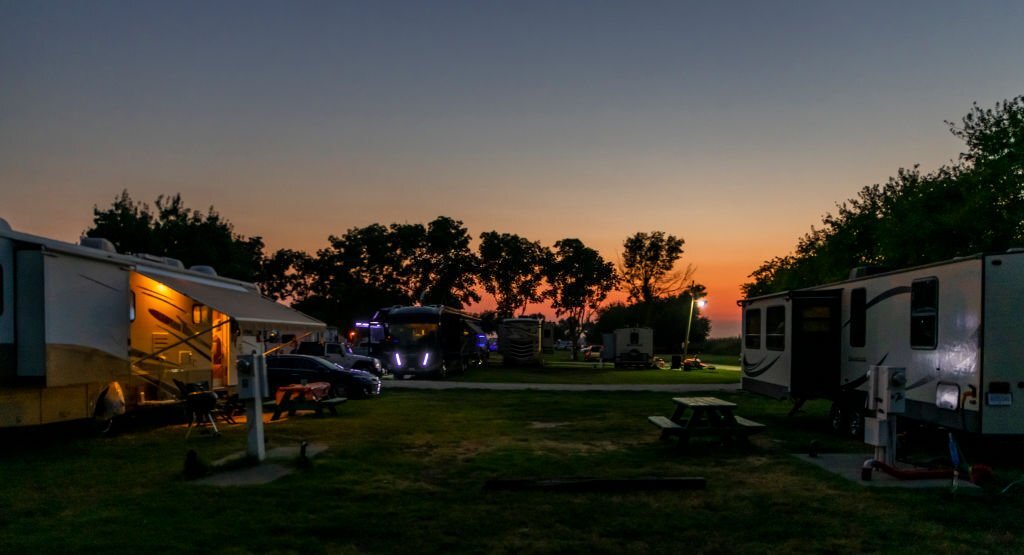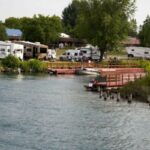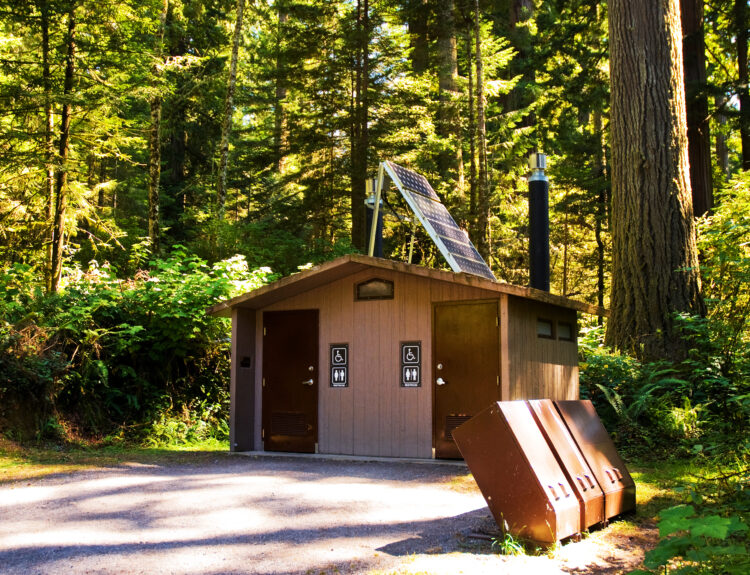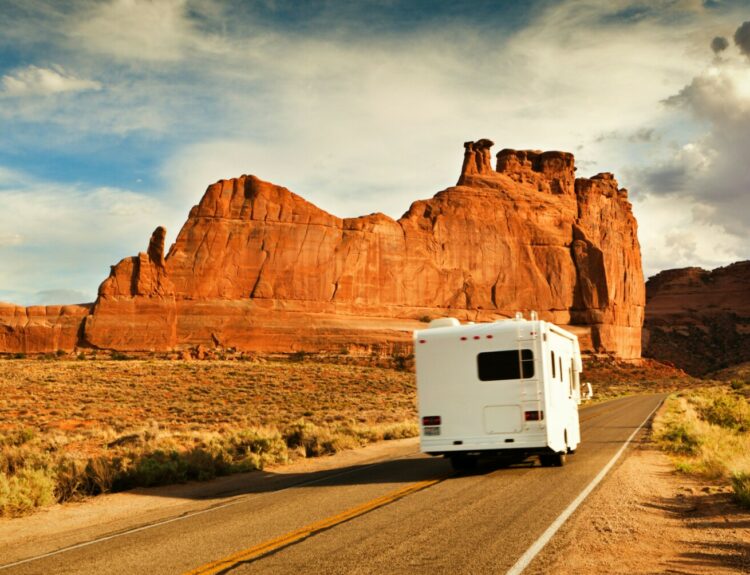Dynamic pricing strategies are rapidly spreading throughout the RV park industry, helping campgrounds align record-level occupancy with increased guest expectations. Still, many campgrounds keep missing out on the opportunity of growing their profit with this highly effective revenue management strategies.
As consumers, we see demand-based and time-specific pricing everywhere: when we use transportation apps, when we compare airline ticket prices, or when we buy tickets for concerts or festivals. So RV park managers can safely assume that guests are used to seeing changes in prices all the time and even expect them.
We have already explored in detail what dynamic pricing is, its role in the hospitality industry, and the benefits it brings to campgrounds in terms of revenue and management. What we would like to explore here are different approaches and methods to adjust prices continuously to get the most out of each of your RV park sites at every moment.
Dynamic Pricing Strategies to Maximize Revenue
Dynamic pricing is highly effective at matching rates with demand in order to maximize revenue in an RV park or campground. But once you are convinced of going forward with its implementation, you may feel understandably overwhelmed when it comes to planning how to do it correctly.
What should be my first step? Are there different dynamic pricing strategies and methods? How do I know which one of them is more appropriate for my park?
Hopefully, the strategies we will explore below will help owners and managers shake off any remaining apprehension towards dynamic pricing so that they can start implementing it for the benefit of their businesses.
Incremental Increases Based on Thresholds
Gradually increasing your rates as you get more bookings is a basic dynamic pricing strategy. All you need to do in order to implement it effectively is to set up rules for increases as demand grows and inventory decreases.
For example, you can choose to start increasing prices once you have reached an occupancy rate of 50%. Then, when your occupancy rate reaches 60%, you increase prices again, now a little more aggressively. And so on.
Of course, incremental increase rules can be much simpler, like increasing prices only when you have reached very high occupancy levels.
The numbers above are only to illustrate the idea and you should adapt them to the particular needs of your campground. But the advantage of a strategy based on thresholds is that it keeps the process of adjusting prices straightforward and easy to coordinate.
Peak Season Pricing
This actually is a case of incremental increase, but it is very specific to seasonal industries so we will explore it in detail separately.
Almost every hospitality business in North America leverages some version of peak season pricing strategy, so you are probably familiar with it. It basically consists of adjusting prices based on demand during the most popular vacation periods in your region.
We can illustrate this strategy with a scenario that is not uncommon for many RV parks.
Let’s say your campground is somewhere in the Pacific Northwest. The high-season price of your sites is 55 USD per night. You more or less use the same rate every year, inflate-adjusted. And it works. By May, all of your sites are booked for July and August. So from mid-May to the beginning of summer, you receive no new reservations.
This is great, of course, because it means your service is highly demanded. But it also means that you have missed the opportunity to significantly increase your business’s revenue.
Think of it this way: if your campground is sold out several weeks or even months in advance then the service you provide is probably worth more than you are charging for it.
A more sophisticated dynamic pricing strategy, in this case, would consist of increasing your prices as you get closer to being fully booked. If you apply dynamic pricing this way in the months that precede the summer season, you will probably find guests that are willing to pay more for your RV sites.
Discounts for Long Stays
Competing in an environment of shrinking attention spans, businesses are in need to develop strategies to attract customers as fast as possible. In the hospitality industry, discounting is one of the key factors driving bookings.
In terms of your dynamic pricing strategy, offering discounts is an opportunity to attract long-staying guests. An additional advantage of this strategy is that it gives you the opportunity to create stronger bonds.
If you have managed to make them feel at home in your RV park, satisfied long-staying guests are more likely to write good online reviews and recommend your campground to their friends and family.
Checking Out on Your Competitors
One of the main goals of dynamic pricing is that your rates are in sync with the current state of the market.
Traditionally, this wasn’t difficult to achieve in the RV park industry. Dynamic pricing strategies used to be simple and straightforward, mostly consisting of having different prices for the high and low seasons. But today, ensuring your campground is attractive to your potential guests demands that you keep an eye on your competitors.
Of course, this doesn’t mean that the price of your sites entirely depends on what other RV parks are doing. Your park has its particular features, needs, and dynamics. But by checking out on your competitors regularly you get an idea of what RVers are looking at when they research online. This will allow you to make better strategic dynamic pricing decisions.
Dynamic Pricing and Reservation Software
Keep in mind that your capacity to explore different dynamic pricing strategies for maximizing revenue will depend on the reservation software you are using.
Implementing dynamic pricing without proper software can be practically impossible. But if you get hold of an effective centralized reservation system, you will be able to manage your prices across multiple channels and OTAs with much more ease.
Roverpass’ campground reservation software is a cloud-based reservation system that allows you to track your availability in one central view. This facilitates the task of customizing rates based on occupancy, season, time of stay, or any other criteria for your dynamic pricing strategy.
This reservation software will help you boost revenue by making the most out of dynamic pricing, giving you the opportunity to explore its benefits within your own terms and at your own pace.
Optimizing Campground Management with Dynamic Pricing Strategies
The impact of dynamic pricing in maximizing revenue in your RV park is potentially huge. Some parks have reported growth rates of more than 50% in the first year they implemented dynamic pricing strategies.
Yet many campground owners and managers out there are still reluctant to fully try dynamic pricing strategies. They worry they could end up charging too much and occupancy will suffer. Or, on the contrary, they will charge too little and will end with all their sites booked for low rates.
These types of fears mostly explain why our industry is currently lagging in dynamic pricing implementation. But businesses are catching up fast. By now, many of your competitors are probably implementing different types of dynamic pricing strategies.
Dynamic pricing is not new for the RV park industry, so implementing it should not be feared as something with unpredictable outcomes. Rather, the strategies outlined above are just a more elaborate and more effective approach to something that you already know.
Keep reading our blog for more insights on how to build and run a profitable RV park business in a highly competitive, dynamic, and profitable market.

